Is texting better than calling? We looked at the numbers
While there remain benefits to talking on the phone, it’s definitely time to start texting your customers.

While there remain benefits to talking on the phone, it’s definitely time to start texting your customers.

Phone calls aren’t what they used to be. Once the number one way to communicate, by 2014, texting became the predominant mode of communication for Americans under 50. Millennials, in particular, have a strong aversion to chatting on the phone. And as the largest generation in the US currently, their preferences matter.
This preference shouldn’t come as a surprise for anyone. Back in 2009, Pew Research found that teens were more likely to send a text than call. Fast forward a decade, and it doesn’t seem like this cohort will kick the text messaging habit anytime soon.
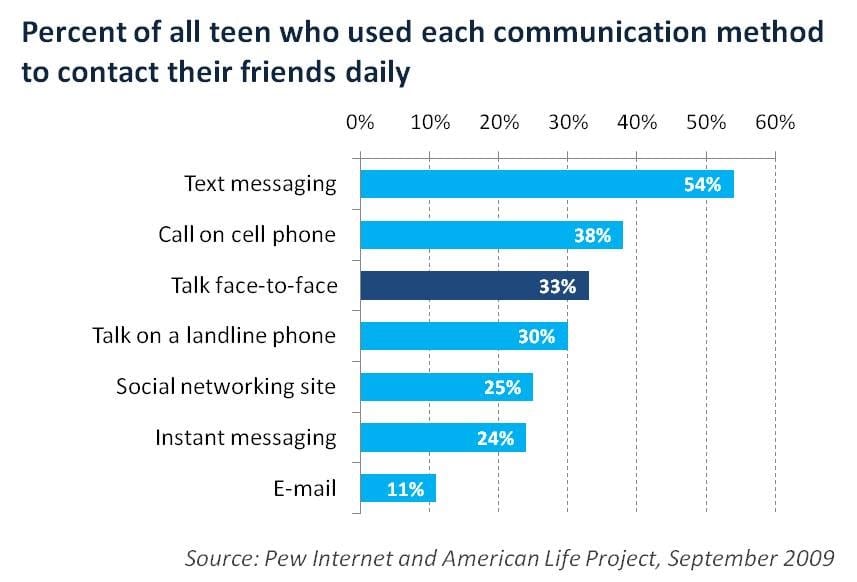
What explains phone-call phobia? There are several reasons people under 50 won’t pick up the phone––ranging from hectic schedules to privacy concerns. This chart from BankMyCell lists the seven most common reasons:
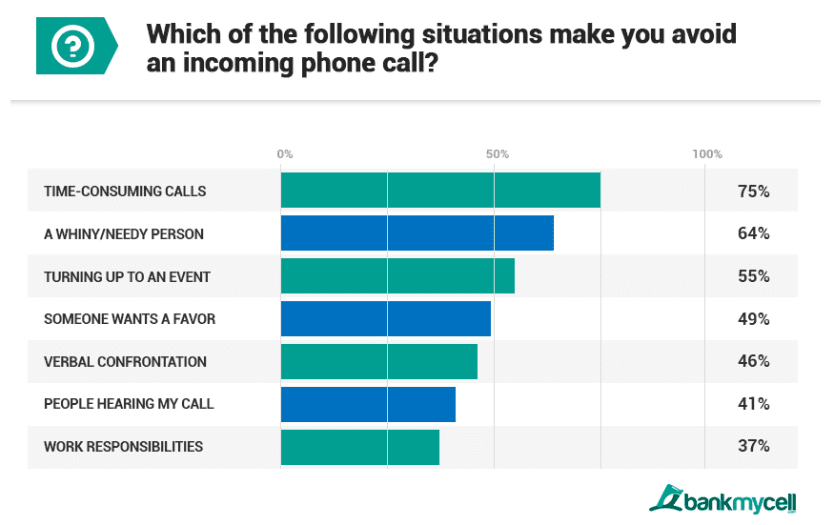
Source: BankMyCell
As with many shifting social norms and preferences, it can be easy to declare that texting is uniformly better than calling. The truth is more nuanced. Yes, despite having the word texting in our company name, we’re not ready to announce the death of voice calls.
While we’re all-in on text conversations, what follows is an honest review of the benefits of texting vs. calling. Get ready for lots of charts and numbers as we answer the following: Is texting better than calling for your business?
We wrote an entire article on why text message popularity continues to increase. From the BankMyCell study, it’s clear that people avoid talking on the phone because they are too busy.
This reason aligns with the fact that people are busier than ever. A 2014 national Gallup poll put the average number at 47 hours per week, or 9.4 hours per day. Many people reported working more than 50 hours per week. With people working more hours than ever, texting allows them to participate in conversations at the pace they choose.
Plus, there’s not as strong an expectation of an immediate answer to a text. When you combine this with the fact millennials started texting back when they were teens, it’s rising popularity is unsurprising.
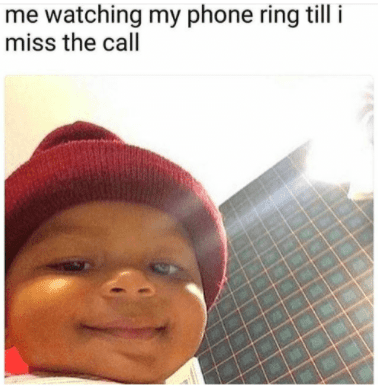
Both texting and calling offer certain advantages. There are some situations when texting is more appropriate (and desirable) and some when calling is necessary. So, when is it better to send a text message?
As we mentioned above, people are increasingly time-poor. There’s no better way to communicate than SMS when time is of the essence. It’s instant, short, and direct. As a survey of over 350 customer service managers shows, the length of phone calls continues to increase:
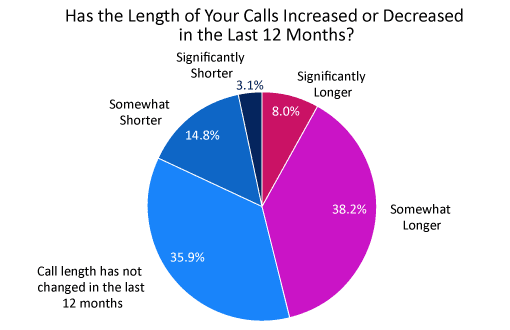
Source: CallCentreHelper
Increases in the length of hold times can lead to more calls being abandoned and, you guessed it, more unhappy customers.
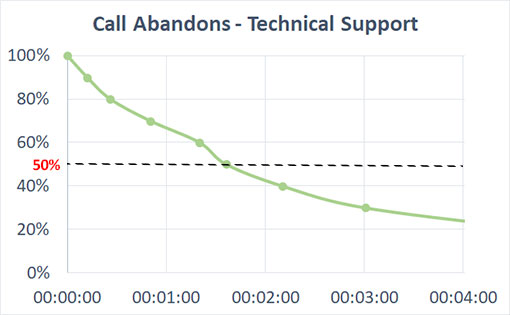
One of the biggest reasons consumers prefer texting over calls is that it’s faster. It’s also much more convenient. Customers have the opportunity to communicate asynchronously,i.e., while customers wait for you to respond, they can do something else. The asynchronous nature of texting makes it ideal for:
Does your phone’s email inbox icon look like this?

Even if you’re grade-A email hoarder, we bet that there are far fewer unread text messages on your phone right now. That’s why people are rarely shocked to hear text message open rates average 98%. In fact, 80% of people check their incoming text notifications within five minutes of getting a message.
Phone calls once reigned supreme here, but people don’t pick up anymore. Look at this chart from Pew Research Center on telephone survey response rates:
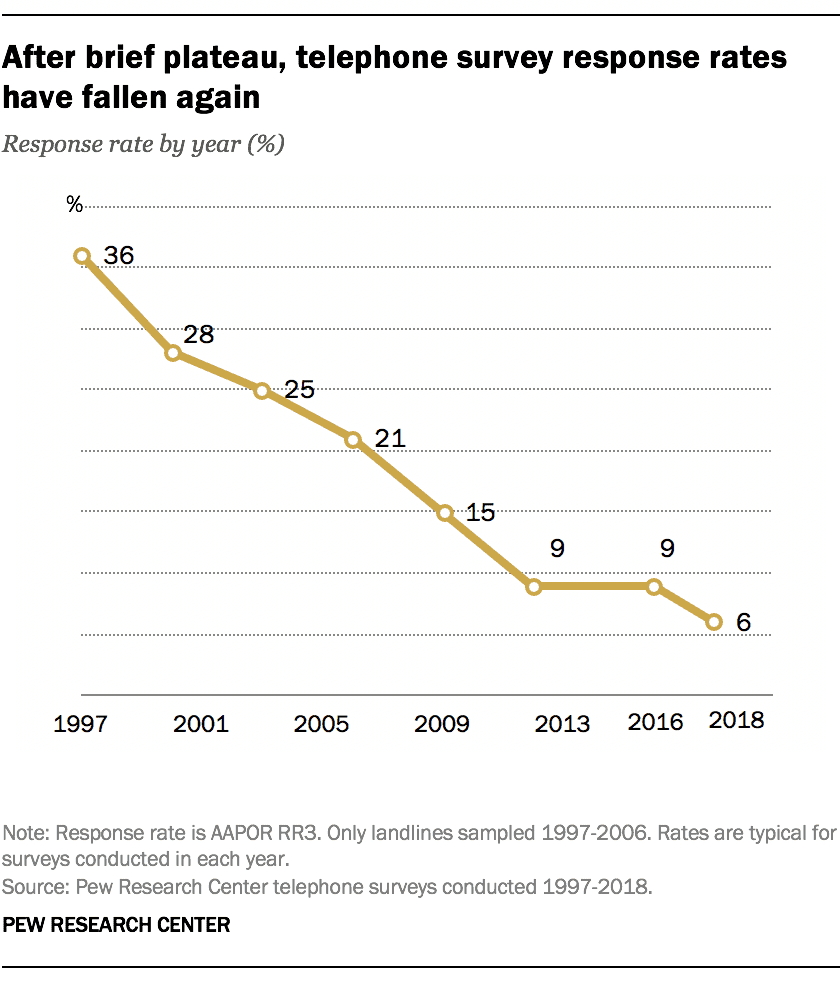
Source: Pew Research
The point we’re making is that if you need to contact your customers urgently, then text them. Immediate reach is why texting is great for:
This is where you think, “No way, phone calls are way more personal.” Bear with us here. The idea that phone calls are personal is not evident in the numbers.
That’s because people text their friends and family. And when you message them on the channel, you conjure warm, conversational responses.
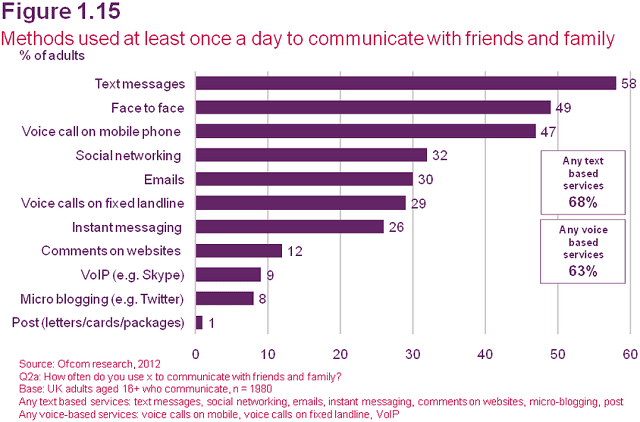
Source: OfCom
We see our customers who send text blasts with coupons or promos receiving individual, personal, and warm texts back, saying, “Hey, thanks for letting me know!”. Chances are people aren’t emailing North Face thanking them for sharing their spring collection sale.
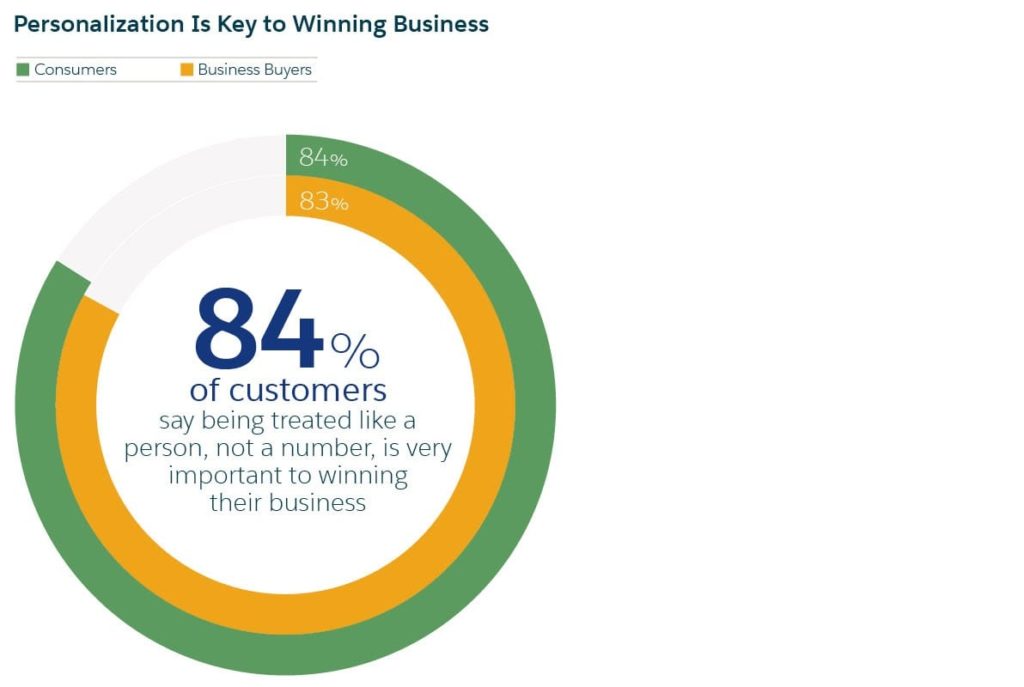
Source: Salesforce
You can take advantage of the personalized nature of SMS to send:
People text each other for multiple reasons, but there are times when a message from a business might catch them by surprise, or not be appropriate.
For example, there are many great ways recruiters can use SMS. For example, a recruiter could send a text message interview invitation. However, we wouldn’t recommend that a hiring manager reject a candidate via text.
Another example where it’s best to conduct a phone call would be for complicated and technical support issues. If someone is having trouble configuring a CRM, they’ll likely want to be able to ask questions, probe, and then follow up with more questions. It’s a lot easier to do when you’re on a phone call conversing in real time.
The problem with phone calls is not that they’re obsolete. It’s that they can be inconvenient. People use their cellphones constantly, and texting is much less intrusive. Still, phone calls remain preferable for specific contexts
The former Labour party leader in the UK, Jeremy Corbyn, famously refused to answer phone calls from aides because he was busy making jam. While we may begrudgingly allow friends and family to interrupt us for a chat over the phone while we stress bake, it seems like businesses will need to rely more on text messages.
Still have questions about texting? Our team of texting experts would love to help.
We’re available 7 days a week. Text or call us at (866) 450-4185 or use the chat at the bottom of your screen. Alternatively, schedule a demo or sign up for a 14-day free trial, no credit card required.
Drew Wilkinson is the Head of Marketing at SimpleTexting. Drew has more than a decade of experience managing successful integrated marketing programs to build brands, raise awareness, and generate demand.
More Posts from Drew WilkinsonThere are a ton of creative ways you can place important business or contact info in your text message signatures
ReadGetting started or need a refresher on text marketing 101? These 7 SMS marketing articles cover everything you need to know.
ReadStart a text marketing campaign or have a 1-on-1 conversation today. It's risk free. Sign up for a free 14-day trial today to see SimpleTexting in action.
No credit card required